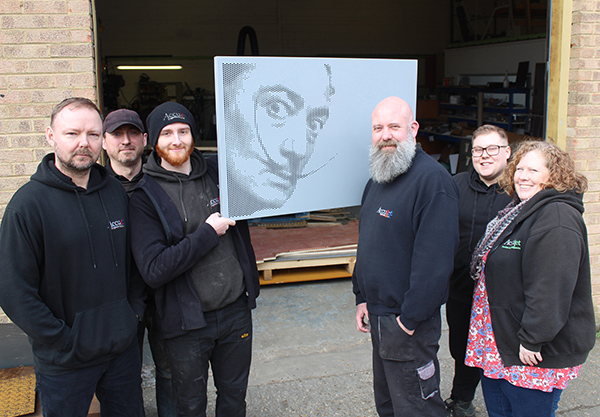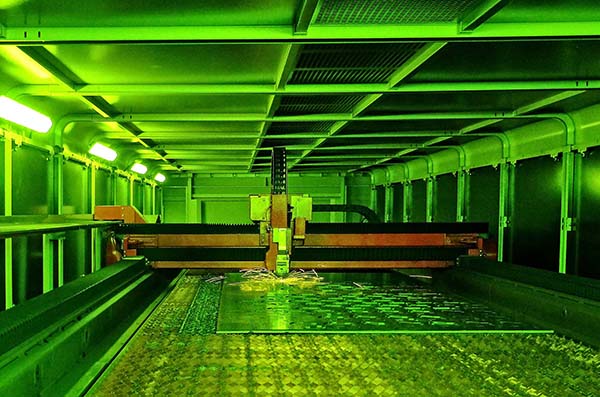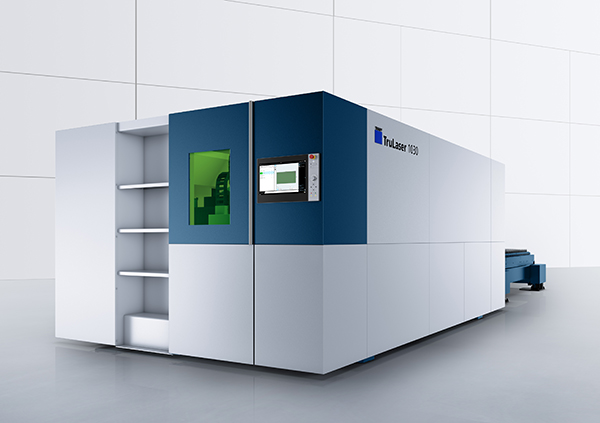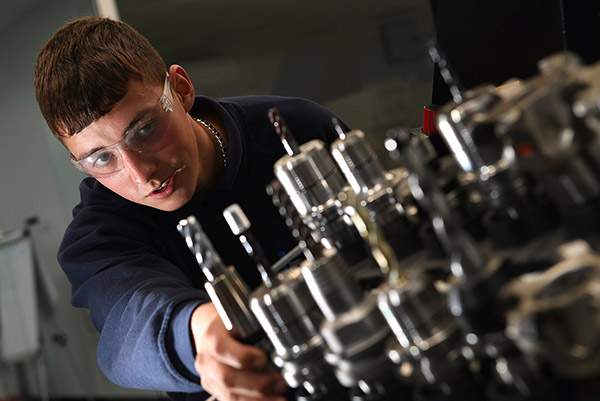Hertford-based Qualiturn Products is a good example of the productivity increases that can be achieved by the application of advanced IT systems, the use of high-yield machine tools and the adoption of the latest automation technology. In addition to performing daytime manufacturing, the firm’s highly efficient working practices allow it to operate ‘lights out’ each night.

Qualiturn has achieved a genuine ‘virtuous circle’. The company’s application of advanced manufacturing techniques has enabled it to realise world-class levels of production efficiency. These efficiencies have allowed Qualiturn to supply competitive quotes that have resulted in further profitable business. And the profits generated have supported additional investments in ever more advanced manufacturing technologies.
In addition to earning a reputation for efficiency, another important aspect of Qualiturn’s values can be found in the company’s title. Qualiturn’s quality philosophy is reflected in all aspects of its activities. Although, as often happens to businesses that achieve substantial upturns in production, the increased amount of Qualiturn parts needing final inspection, began to place a strain on the company’s quality control provision.
To ensure the continued efficient operation of its inspection department, Qualiturn’s managing director Nick Groom recently undertook a search for a CMM that had a precision specification that would enable the inspection of parts with demanding dimensional tolerances. Also, given the high volumes of components that need to be inspected, a fast-operating, CNC-driven machine with a granite table that could accommodate multiple components, was required.
Having studied the available alternatives, Groom purchased a 500 x 700 x 400 mm capacity version of Mitutoyo’s recently launched Crysta Apex V-series CMM. As a result of increased acceleration, faster travel and improved accuracy specifications, the latest Crysta Apex V-series CMMs are able to accomplish significantly more component measuring cycles in each working day, and deliver higher levels of precision.

Explaining Qualiturn’s quality ethos and his recent Mitutoyo CMM purchase Groom says: “We are an ISO9001 registered business and we see efficiency and quality as the same thing. For instance, the right-first-time production of quality parts is efficient, whereas the manufacture of poor quality parts that require rework is inefficient.
“Having recently searched for a suitably accurate and fast-acting CMM, when compared with the alternatives, I was impressed with the abilities of Mitutoyo’s new Crysta Apex V-series machines and was happy to place an order,” he adds. “Now installed and up and running, our staff soon mastered the new CMM’s logical software and controls following a short operator training session. As well as having the levels of precision that allow the inspection of our most demanding parts, the Crysta Apex V-series CMM has the speed of operation that we need, and it has significantly increased our inspection efficiency levels.
“Now, prior to a production run, when writing a program for our machine tools, we use this model to also generate an inspection program for our Mitutoyo CMM. This means that when manufacturing commences, we can load the relevant program on to our CMM and quickly verify the first-off part. Then, throughout the production run, our quality staff are able to load large batches of parts on to the CMM’s bed and start a fully automated, unmanned inspection routine.
“The performance of our Mitutoyo Crysta Apex V-series CMM means that, not only has it satisfied our current inspection requirements, but it should also meet all of our future anticipated inspection needs.”
Drawing on its technological expertise in the field of CMM design and manufacture, Mitutoyo recently launched the Crysta Apex V-series. The new CMMs have a proven bridge-type construction, feature high-rigidity air-bearing guiding on every axis, and use Mitutoyo’s ABS scales.
As the successor to the previous generation of Crysta Apex CMMs, the new models build on the merits of their predecessors. In addition to boasting impressive accuracy specifications, the latest Mitutoyo models have rapid acceleration and fast speed characteristics. Not only do these qualities allow the inspection of components with challenging dimensional specifications, when compared with other lower specification machines, they increase business efficiency levels by enabling more components to be inspected in a given time.

Increasingly, companies are looking to measure parts closer to their means of manufacture. Therefore, besides being suitable for use in inspection departments, Crysta Apex V-series CMMs have a high level of resistance to environmental conditions and are at home in less than ideal production environments. Further aiding shop-floor use, the new CMMs are equipped with an automatic temperature compensation feature.
As a result of Mitutoyo’s flexible CMM concept, the Crysta Apex V-series represents a future-proof investment. In addition to handling users’ current inspection needs, the new CMMs are capable of adapting to future requirements thanks to the ability to change or add probe systems, accessories and software.
Given the advent of smart factories and the arrival of the IoT, the Crysta Apex V-series is equipped with Mitutoyo’s Smart Measuring System (SMS) technology. SMS allows the online monitoring of operational status and the capture of records related to key parts.
Moving forward, Mitutoyo will drive the installation of SMS technology, not only in CMMs, but in other CNC measuring instruments. Leveraging the IoT, the company will support the realisation of smart factories that conduct the sophisticated management of information relating to production and quality.
For further information www.mitutoyo.co.uk


























